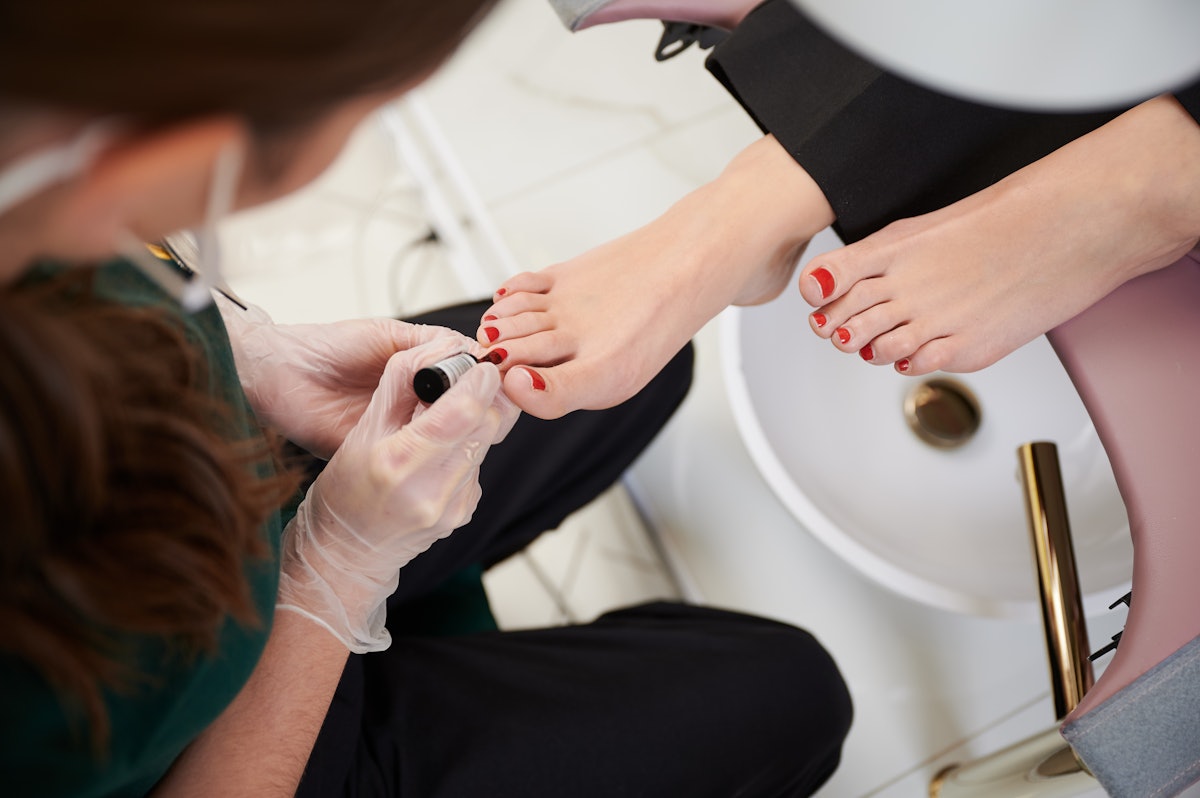Understanding Seasonal Changes
As seasons change, so do the needs of your clients’ skin and nails. Those in regions with significant temperature shifts notice that winter brings a host of challenges. From dry air to cold temperatures, these factors can take a toll on both skin and nails.
In particular, the Western U.S. experiences minimal humidity, exacerbating issues with dryness. On the other hand, Southeast regions, with their higher humidity, tend to see healthier skin and nails. Studies indicate that the climate impacts the aging process, with dry skin losing elasticity more rapidly, leading to fine lines and wrinkles. Therefore, it’s crucial for nail professionals to adjust their services to meet the demands of the winter season.
How to Care for Nails During Winter
As the temperatures plummet, demand for nail services typically surges. Clients flock to salons seeking relief, especially for their nails and skin, which are vulnerable to cold weather conditions. Dermatologist Ella Toombs from Washington, D.C. emphasizes that “with colder temperatures, there is less humidity in the air, causing dryness.” This lack of moisture not only affects the skin but also leads to brittle nails that can fracture easily.
Daily Hydration is Key
An effective way for your clients to protect their nails during the colder months is to hydrate them daily. Using cuticle oils, particularly food-grade oils like olive or vegetable oil, can make a significant difference. Diane Gibbons, an experienced nail technician, recommends massaging olive oil into toenails regularly to combat dryness. For those experiencing dry cuticles, she suggests a warm olive oil soak a few days prior to their manicure appointment. This simple method can rejuvenate nails and promote overall nail health.
Manicure Tips for Dry Skin
It’s not only the nails that need attention; the skin suffers during winter, too. salon professionals should consider offering hydrating manicures. This service can incorporate thick, creamy moisturizers that restore skin’s hydration. Consider stocking and promoting rich creams for clients to use at home.
According to dermatologist Barbara Reed, encouraging clients to purchase skin creams ensures they are more likely to use them. A great technique is to apply the cream, follow it with damp cotton gloves, and cover with a plastic bag to enhance absorption. Leaving this on for several hours or overnight helps trap moisture and promotes skin repair.
Nighttime Routine for Nourishment
Toombs also stresses the importance of a nightly routine. Suggest to your clients that they apply a thick layer of their chosen moisturizer to their hands, nails, and cuticles before bedtime. This acts like a barrier, reducing moisture loss throughout the night. It’s important for them to understand that while these products may not add moisture, they are crucial in retaining what is already present in the skin.
When to Seek Professional Help
Severe cases of dryness can lead to more concerning symptoms like cracking or persistent redness. It’s vital for nail professionals to bring these issues to their clients’ attention. If they notice skin changes that seem abnormal, suggest a visit to a dermatologist. A professional can provide targeted treatments and interventions.
Conclusion
Winter can be harsh on nails and skin, but with proper care and attention, your clients can maintain beautiful and healthy nails. Encourage them to adopt these seasonal tips into their routines, and they will be thankful for your advice. Remember to keep your salon stocked with the necessary products, and consider offering specialized winter services to meet the unique needs of your clientele. Offering education along with treatments will foster loyalty and keep your salon thriving through the colder months.
This article was first published on Nailpro in 2014. To stay updated on the latest in nail care, follow Nailpro on Instagram and subscribe to their daily newsletter.



